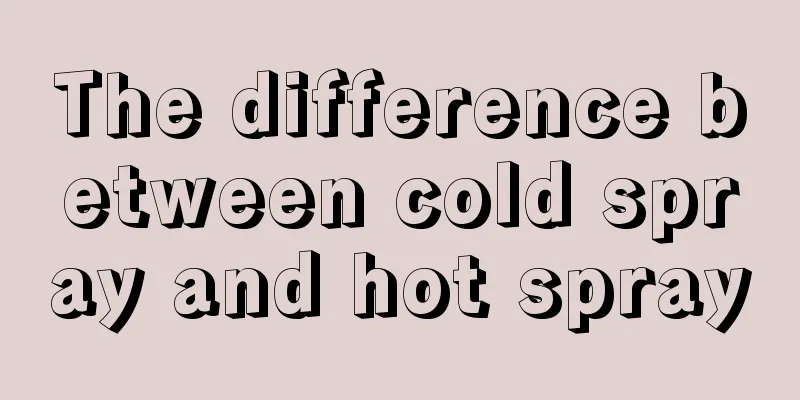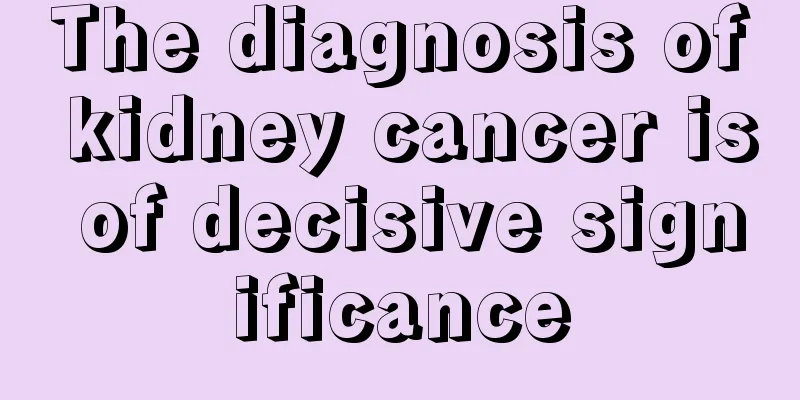What's going on with rales in the trachea?

|
The so-called rales actually refer to sounds other than breathing sounds. This situation is generally caused by obstruction or lesions in the trachea or bronchus. There are two types of rales: dry rales and wet rales. Dry rales are divided into snoring and whistle sounds, while wet rales can be coarse or fine. In this case, it is difficult for patients to distinguish them by themselves. So what is the matter with rales in the trachea? First, what is the reason for the rales in the trachea? Rales are additional sounds other than breath sounds. Normal people generally do not have rales, so it is not a change in breath sounds. According to their different properties, they can be divided into the following types. Characteristics of moist rales: Moist rales are additional sounds besides breath sounds, which are continuous and short-lived, often appearing multiple times at a time. They are more obvious during inspiration or at the end of inspiration, and sometimes appear in the early stage of exhalation. The location is relatively constant and the nature is not easy to change. Medium and small bubbling sounds may exist at the same time and may be alleviated or disappear after coughing. Characteristics of dry rales: Dry rales are a kind of musical respiratory sound with a long duration, high pitch, and fundamental frequency of about 300~500Hz; they last for a long time and can be heard during both inhalation and exhalation, and are more obvious during exhalation. The intensity and nature of dry rales are easy to change, the location is easy to change, and the number can increase or decrease significantly in an instant. Dry rales occurring above the main bronchus can sometimes be heard without a stethoscope. Second, the cause: dry rales are seen in tracheobronchial inflammation, spasm and stenosis of the trachea and bronchi; bilateral extensive dry rales are seen in bronchial asthma, chronic bronchitis cardiac asthma, hay fever, byssinosis, etc.; localized frequent dry rales are seen in endobronchial tuberculosis, early lung cancer, bronchopneumonia, etc. Moist rales are seen in bronchopulmonary diseases and left heart failure and pulmonary edema caused by various reasons. Localized, fixed moist rales in the lungs indicate the presence of local lesions, such as lung inflammation, tuberculosis, pulmonary infarction, bronchiectasis, lung abscess, and secondary infection of lung cancer. Moist rales at the lung bases on both sides are seen in heart failure leading to pulmonary congestion, bronchitis, bronchopneumonia, idiopathic pulmonary fibrosis, etc. Bilateral extensive moist rales are seen in acute pulmonary edema, chronic bronchitis, etc. Large blister sounds in pneumonia or fixed, fine moist rales in the interscapular area are often seen in cases of pulmonary tuberculosis. Large bubbling sounds are common in comatose patients with severe bronchiectasis, cavitary tuberculosis, etc. Crepitus is seen in the early stage of pulmonary tuberculosis pneumonia, fibrosing alveolitis, pulmonary congestion, etc. Why are there rales in the trachea? That is, bubbling sounds, which are caused by the presence of thin liquid in the trachea or bronchi, such as exudate, sputum, blood, mucus, pus and sputum. When breathing, the gas passes through the liquid, and the bubbles formed burst, producing sounds that mostly appear during inhalation, or are clearer at the end of inhalation. Sometimes they can also appear in the early stage of exhalation and are relatively constant in nature. Due to the large diameter of the diseased bronchial lumen, or the different sizes of the cavities and the different amounts of fluid, the sounds of the moist rales can be coarse, medium and fine, or called large, medium and small bubbling sounds. When inhaling, the small airways and alveoli that closed first in the airless area at the bottom of the lungs suddenly open, producing "inspiratory crackles". Early inspiratory crackles indicate severe obstructive pulmonary disease, and late inspiratory crackles can also be heard at the bottom when the elderly or bedridden patients suddenly inhale after a long period of shallow breathing. This is due to the late opening of the small airways at the bottom of the lungs, and does not necessarily indicate a pathological condition. |
<<: What should I do if something gets into my trachea?
>>: What is the reason why teeth float?
Recommend
How to make your hair look good if it's too short
Nowadays, many people like short hair more and mo...
What are the early symptoms of brain cancer?
Exophthalmos is a common symptom of brain tumors....
Internal factors leading to nasopharyngeal cancer
Many people think that cancer is very far away fr...
What is the difference between softening and straightening
Softening hair is actually the straightening proj...
Reasons why your skin appears old
We all know that for some female friends, and eve...
Why does my stomach feel uncomfortable when I drink water
Many people do not have a clear awareness of drin...
Is surgery necessary for gallstones?
Gallstones do not necessarily require surgery, an...
The role of cornstarch
Do you know what cornstarch is? This term is comm...
Are there parasites on humans?
Parasites can appear in many places, such as in f...
How to treat cervical cancer in late stage How to treat cervical cancer with traditional Chinese medicine
How to treat advanced cervical cancer? Cervical c...
The efficacy and function of milk foot bath
Milk is a dairy product that people often drink i...
What to do if the root of the tooth hurts when touched
There are many types of oral diseases, and these ...
Symptoms and signs of ovarian tumors
Symptoms and signs of ovarian tumors include abdo...
Ground glass density nodules
Some people will find some small nodules when doi...
What are the benefits of winter swimming for sexual function
Winter swimming is gradually becoming popular amo...









